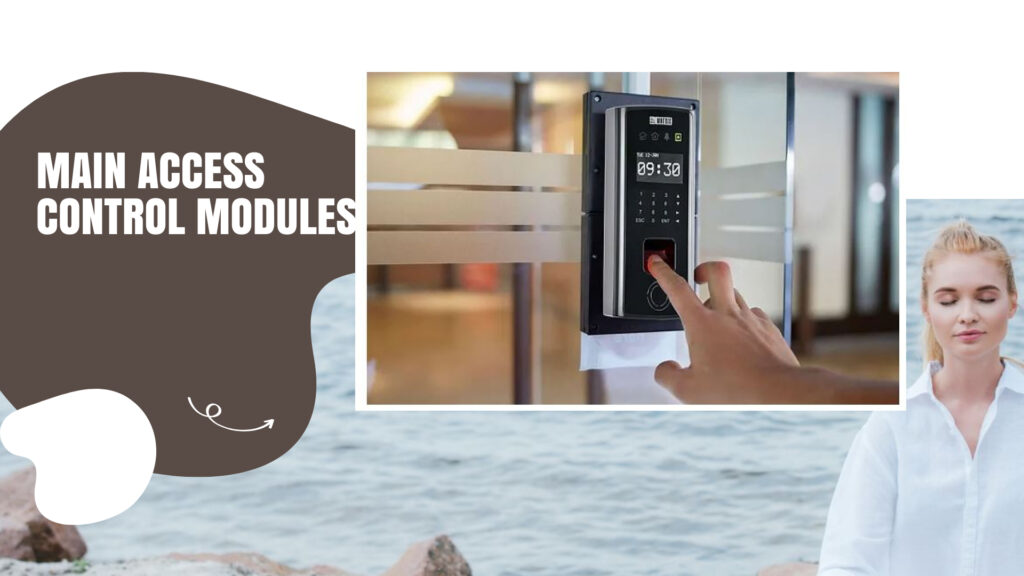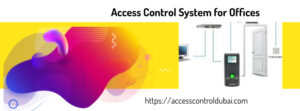
Understanding what the four main access control Modules are is essential for anyone involved in managing information systems and security protocols. Access control is not just a technical term; it’s a critical aspect of safeguarding sensitive information in our digital age. Let’s dive into the four main access control Modules: Discretionary Access Control (DAC), Mandatory Access Control (MAC), and Role-Based Access Control (RBAC), and Attribute-Based Access Control (ABAC). Each model has its unique features, advantages, and use cases, making it vital to choose the right one for your organization.
Discretionary Access Control (DAC)
Discretionary Access Control (DAC) is like giving the keys to your house to your friends.
The owner of the resource decides who gets access and what they can do with it.
Real-Life Example: Imagine you’re working on a collaborative project. You can share your document with specific team members while keeping it private from others.
However, this flexibility can lead to security risks if someone shares access with unauthorized users.
Biometric Affordable Access Control solutions Dubai
Pros:
Flexibility: Easy to assign and revoke access control.
User-Controlled: Resource owners manage permissions directly.
Cons:
Potential for Misuse: Users may grant access to unauthorized individuals.
Less Security: Not ideal for highly sensitive information.
Mandatory Access Control (MAC)
Mandatory Access Control (MAC) is like a highly secure vault where only designated personnel can enter. In this model, access is determined by a central authority based on predefined security levels. Real-Life Example: Government agencies often use MAC to protect classified information. Only individuals with the appropriate clearance can access specific documents.
Pros:
High Security: Strong control over who accesses what.
Consistent Enforcement: Policies are uniformly applied across the organization.
Cons:
Inflexibility: Difficult to adapt to changing needs.
Role-Based Access Control (RBAC)
Role-Based Access Control (RBAC) is like assigning roles in a theater production.
Each actor has specific permissions based on their role, ensuring they can only access what they need. Real-Life Example: In a corporate setting, an HR manager might have access to employee records, while a sales representative would only see customer data.
Pros:
Ease of Management: Permissions are assigned based on roles rather than individual users.
Scalability: Easily accommodates new employees as roles change.
Cons:
Rigidity: May not adapt well if users’ needs don’t fit neatly into defined roles.
Overlapping Roles: Can lead to confusion if multiple roles overlap in permissions.
Attribute-Based Access Control (ABAC)
Attribute-Based Access Control (ABAC) takes things up a notch by considering various attributes before granting access. This model evaluates user attributes, resource attributes, and environmental conditions dynamically.
Real-Life Example: A finance employee might only access sensitive financial data during business hours from their office location but not from home or outside those hours.
Pros:
Granular Control: Offers fine-tuned permissions based on multiple factors.
Adaptability: Policies can change dynamically based on context.
Cons:
Complexity: Setting up and managing policies can be intricate.
Resource Intensive: Requires more processing power and management effort.
What Are the Four 4 Main Access Control Modules?
Access control Modules are the frameworks that regulate how individuals or entities can access and interact with resources within a system. Understanding these Modules is crucial in safeguarding sensitive information and preventing unauthorized access.
The Four 4 Main Access Control Modules
Mandatory Access Control (MAC):
Definition: A system-centric model that enforces security policies based on predefined labels assigned to subjects (users or processes) and objects (resources).
How it works: Security labels determine who can access what, regardless of individual privileges.
Example: Imagine a government agency where documents are classified as “Top Secret,” “Secret,” or “Confidential.” MAC would ensure that only individuals with the appropriate security clearance can access these documents.
Discretionary Access Control (DAC):
Definition: A user-centric model that allows data owners to control who can access their resources.
How it works: Data owners have the discretion to grant or deny access to others based on their needs and trust.
Example: In a file-sharing system, a user can decide whether to share a document with specific individuals or groups.
Role-Based Access Control (RBAC):
Definition: A group-centric model that assigns permissions based on a user’s role within an organization.
How it works: Roles are defined with specific privileges, and users are assigned to roles based on their job functions.
Example: In a healthcare organization, a doctor might have access to patient records, while a nurse might only have access to specific parts of those records.
Attribute-Based Access Control (ABAC):

Definition: A policy-centric model that evaluates access requests based on attributes of the subject, object, and environment.
How it works: Policies are defined using conditions and actions, and fingerprint access is granted or denied based on whether the conditions are met.
Example: An online banking system might grant access to a user’s account only if the transaction is performed from a recognized device and location
FAQs About Access Control Modules
Q: What is the difference between MAC and DAC?
A: MAC is system-centric, while DAC is user-centric. MAC enforces predefined security labels, while DAC allows data owners to control access.
Q: Which access control model is best suited for large organizations?
A: RBAC is often preferred for large organizations due to its ability to manage permissions efficiently across different roles and departments.
Q: Can multiple access control Modules be used together?
A: Yes, organizations can implement a hybrid approach that combines elements of different Modules to meet their specific security needs.
Q: What are the challenges of implementing access control Modules?
A: Challenges include ensuring that policies are properly defined and enforced, managing changes to user roles and permissions, and preventing unauthorized access.
By understanding these four main access control Modules, organizations can make informed decisions about how to protect their valuable assets and mitigate security risks.
Conclusion
So there you have it! Understanding what the four main access control Modules are helps you make informed decisions about securing your organization’s data. Each model has its strengths and weaknesses, so consider your specific needs when choosing an access control strategy. From the flexibility of DAC to the stringent security of MAC, or the role-oriented RBAC to the dynamic ABAC, there’s an option that fits every scenario. Make sure you assess your organizational requirements carefully to implement the most effective ABM Innovative Fze access control model!

Access Control System Dubai
Welcome to Access Control System Dubai, your trusted source for comprehensive security solutions.
Recent Post
Our Contact Details
- ACS Dubai
- +971 56 131 3980
- info@accesscontroldubai.com
- 31 7B St Al Hamriya - Dubai



